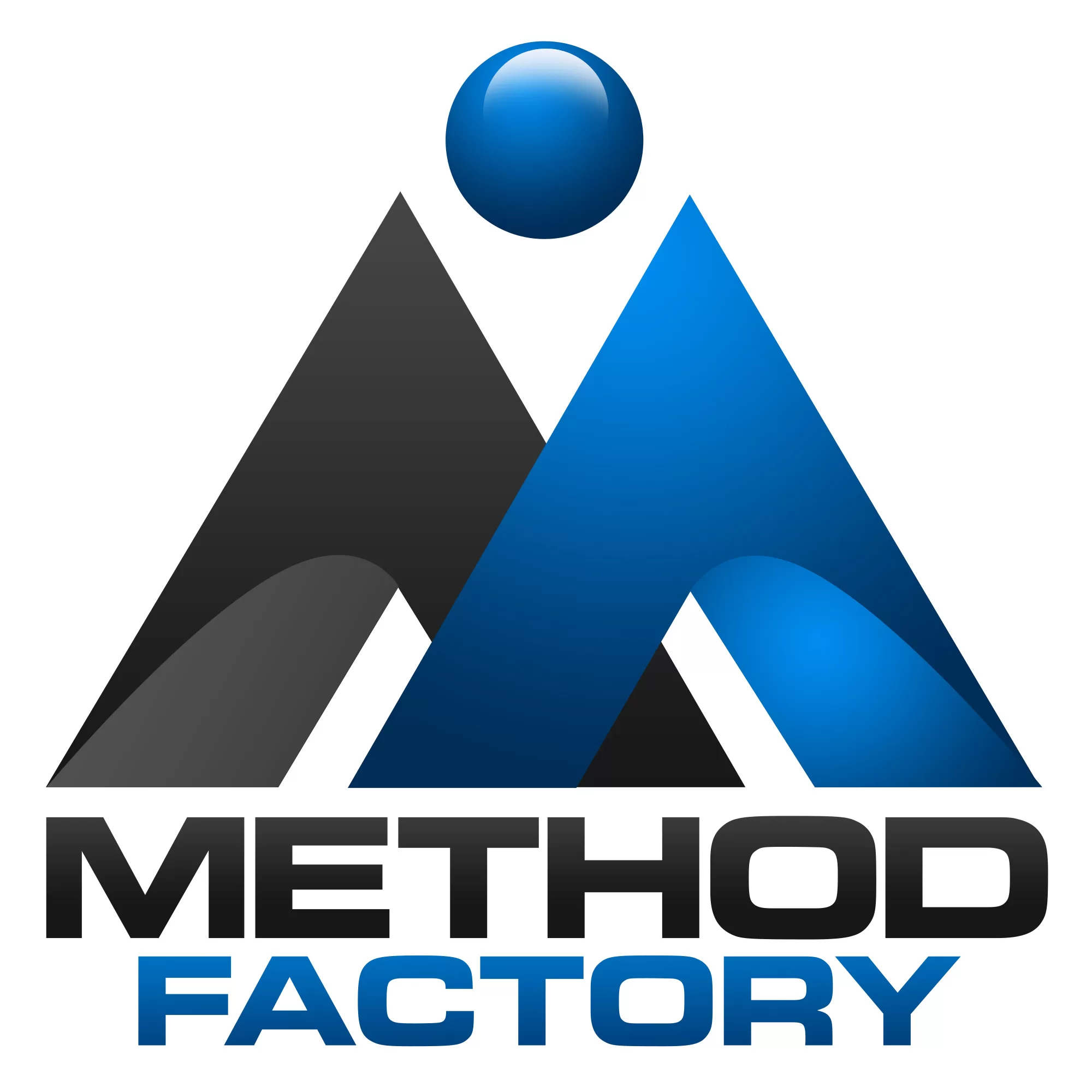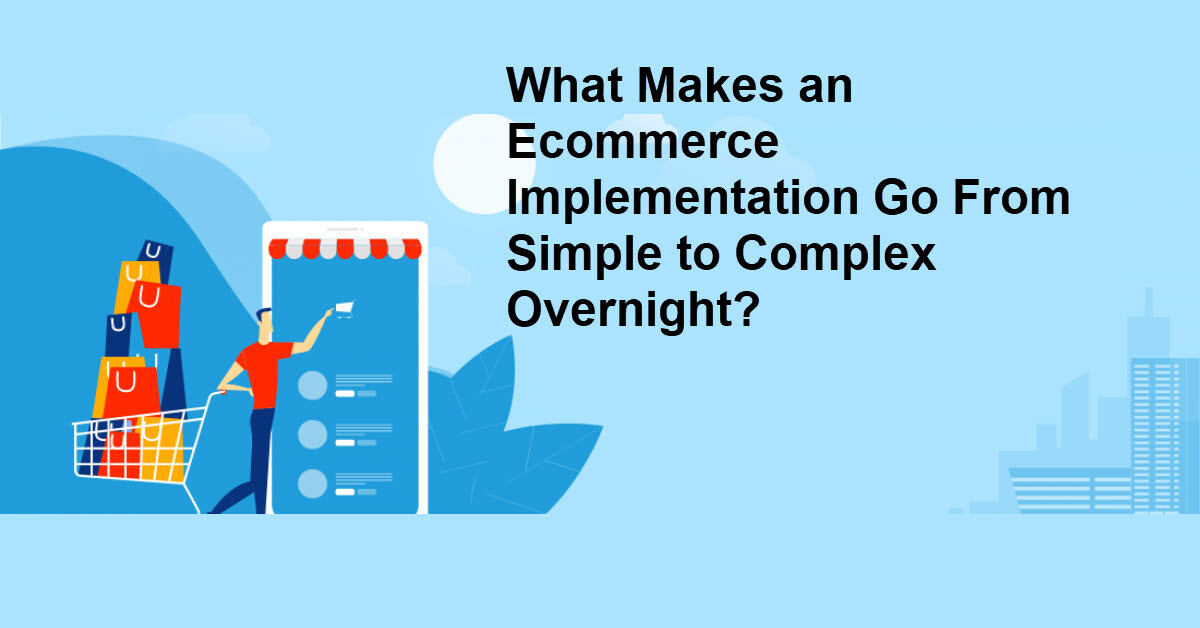Part 1 – Steve, the small shop owner.
Today, many platforms state that your company can get up and running with an online store quickly. And it is true. Heinz’s new direct-to-customer site went from contract to launch in 7 days. You can view the case study here: https://www.shopify.com/plus/customers/heinz.
So why are not all online stores so fortunate with time to market as Heinz was? This blog article will examine that question from 20 years of experience in content, experience, and commerce. Let start by looking at building an online store from the simple and build-up with complexity.
Let’s begin with Steve’s story
Steve is a little shop owner who sells books on making money in the stock market for the small investor. His product catalog contains only 10 SKUs. Steve thought it would be great to sell his books online to expand his reach to new customers.
Like many small business owners, Steve is unsure where to begin and what the costs will be. Steve doesn’t want to make a decision that will lock him into a platform that will not allow for growth and costs him too much money. So he called MethodFactory wanting help exploring how he could take his small catalog of books and sell them online.
Consulting with MethodFactory was easy. Steve scheduled a call with a commerce expert, shared his goals, approved his specific plan, and immediately began experiencing more revenue. While sharing his goals, MethodFactory determined that Steve didn’t need any backend fulfillment integration. He expects to sell only 250 books a month online, and he can manually process the orders as they come in. He also doesn’t sell international, so there is no need for complicated shipping and tax handling. And finally, Steve sells only books, so his catalog is straightforward. There is no need for custom faceting or price lists.
MethodFactory recommended that Steve starts with a simple commerce solution and for Steve to stay within that box for the first six months and then re-evaluate the solution. Two solutions that were weighed in the process were WordPress with Woocommerce and Shopify. Steve and MethodFactory choose WordPress and Woocommerce because the startup and ongoing operational costs were low while meeting all the business requirements.
Steve choose a design template from a catalog of 1000’s out-of-box designs. Minor tweaks were made to the template to support Steve’s branding. MethodFactory created the taxonomy and setup and populated Steve’s product catalog. Steve provided the new store will content and imagery, and he was up and selling within two months after the initial engagement.
With the help of MethodFactory, Steve saved money, got the right solution for his business needs, and began enjoying having customers purchase and read his books.




